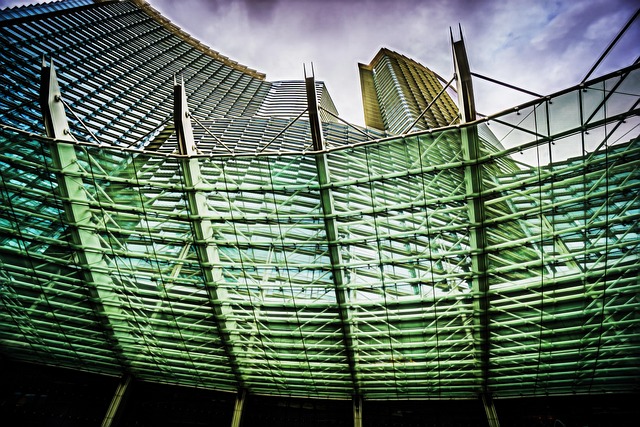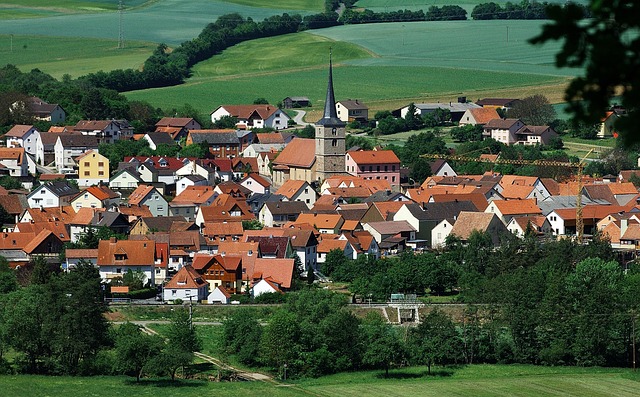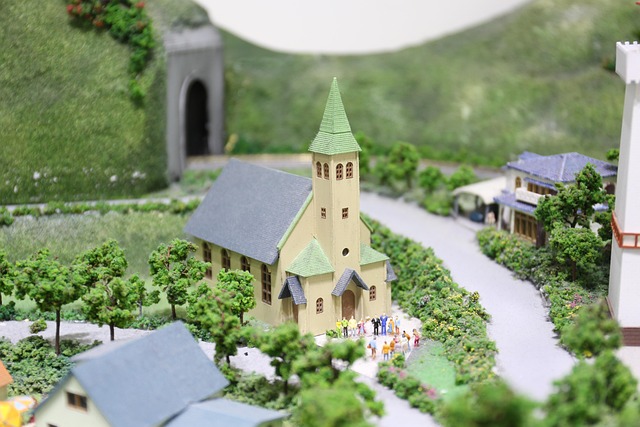In today's conscious consumer market, sustainability in real estate is evolving from a trend to a necessity. Driven by demand for healthier environments and reduced carbon footprints, developers are adopting innovative designs featuring natural materials, efficient energy systems, and smart waste management. Consumers actively seek eco-friendly properties not just for aesthetics but also for their positive impact on well-being and the planet. The future of real estate prioritizes energy efficiency, leveraging renewable resources like solar power and smart technologies, with integrated green spaces and optimized natural lighting. This trend supports environmental sustainability while enhancing residents' quality of life, paving a healthier path for future generations.
In today’s world, embracing sustainability in real estate is not just a trend but a necessity. As awareness grows, so does the demand for healthy, resource-conscious living spaces. This article explores how designers and developers are creating environments that prioritize well-being and efficiency while minimizing environmental impact. From innovative building materials to smart home technology, we delve into the future of eco-friendly living, revealing trends poised to revolutionize the real estate landscape.
Embracing Sustainability in Real Estate: A Growing Trend

In today’s conscious consumer landscape, embracing sustainability in real estate is no longer a niche trend but a growing necessity. Eco-friendly buildings and spaces are gaining traction as folks recognize their impact on both the environment and personal well-being. This shift is driven by a demand for healthier living and working environments, coupled with a desire to reduce carbon footprints. Developers and architects are responding with innovative designs that incorporate natural materials, efficient energy systems, and smart waste management solutions, among other resource-conscious features.
The real estate market is witnessing a paradigm shift as consumers actively seek out properties that align with their eco-values. This trend isn’t just about aesthetics; it’s about creating spaces that are not only sustainable but also promote a higher quality of life. As awareness continues to grow, we can expect to see even more developments that prioritize sustainability, offering a brighter future for both the industry and the planet.
Designing Spaces for Well-being and Efficiency
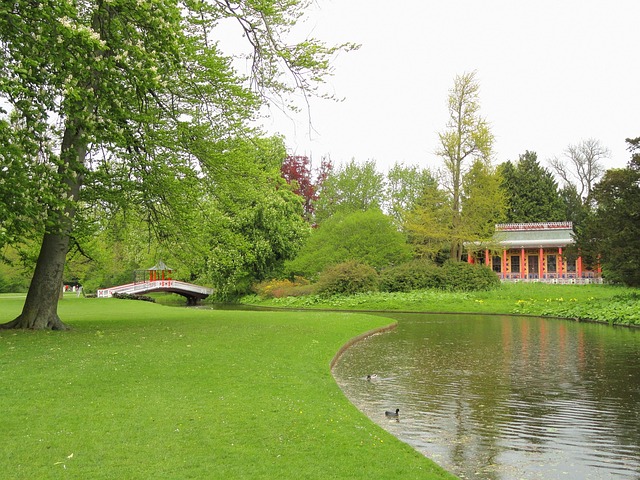
In designing living spaces, prioritizing well-being and efficiency can significantly enhance the overall quality of life for residents. Real estate professionals are increasingly recognizing the value of creating environments that promote health and sustainability. This involves thoughtful consideration of natural lighting, ventilation, and green building materials to foster a sense of tranquility and reduce environmental impact. Spaces designed with these principles in mind often feature ample windows allowing daylight to inundate interiors, promoting better physical and mental health.
Efficiency is another key aspect, focusing on open-concept layouts that maximize functionality and minimize waste. Smart home technology plays a pivotal role here, enabling automated controls for lighting, temperature, and security systems. Such innovations not only contribute to energy conservation but also offer convenience and peace of mind. By integrating these concepts, real estate developers can create living spaces that are not just aesthetically pleasing but also conducive to healthy, eco-conscious lifestyles.
The Future of Eco-Friendly Living Environments
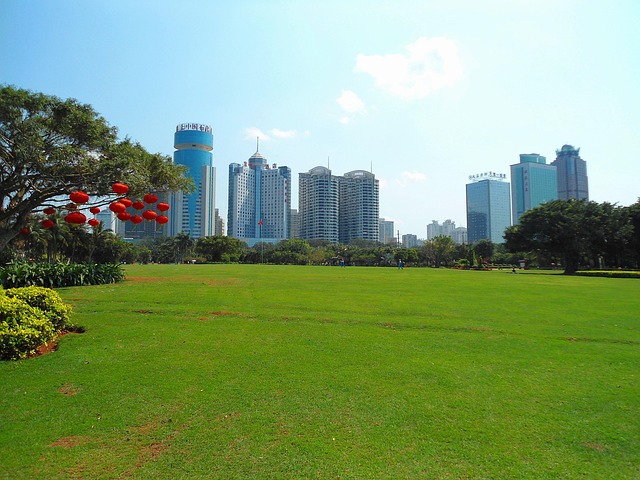
The future of real estate lies in harmonious coexistence with nature, where eco-friendly living environments become the norm rather than the exception. As global awareness of climate change continues to grow, so does the demand for sustainable housing solutions. Future homes will be designed and built with a focus on energy efficiency, utilizing renewable resources like solar power and smart technologies to reduce carbon footprints.
Imagine neighborhoods where green spaces thrive, not just as an amenity but as integral parts of home design. Buildings constructed with eco-conscious materials, optimized for natural lighting and ventilation, and integrated with local ecosystems will become the new standard. This shift in real estate trends not only benefits the environment but also enhances the quality of life for residents, fostering a healthier, more sustainable future for generations to come.
